10 Surprising Facts About Basset Hounds You Need to Know
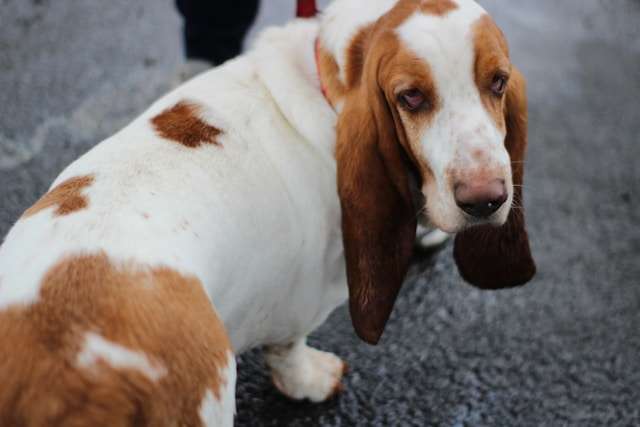
A human nose works 10,000 times slower than a Basset Hound’s. These fantastic dogs rank second in the canine world for their sense of smell, which makes them natural detectives in furry packages.
Basset Hounds’ distinctive features amaze dog lovers worldwide. Their unique genetic makeup and surprising swimming abilities have captivated people for centuries. Families looking at Basset Hound puppies or anyone curious about this breed will find them in different colors. Many mixed breeds inherit their lovable traits.
The following ten fascinating facts about Basset Hounds prove they’re more exceptional than their relaxed appearance suggests. Their story includes a royal heritage, hidden talents, and unique adaptations that make them extraordinary companions.
Table of Contents
The Incredible Genetics Behind Basset Hound Features
A Basset Hound represents a masterpiece of genetic engineering that nature and selective breeding have perfected through centuries. These distinctive dogs possess fascinating genetic traits that set them apart from all other breeds.
The Dwarfism Gene That Shapes Their Body
Your Basset Hound’s characteristic short legs aren’t just cute. They result from a fascinating genetic condition called osteochondrodysplasia. The story becomes more intriguing because Basset Hounds have an extra copy of a gene that codes for a growth-promoting protein called fibroblast growth factor 4 (FGF4). This genetic quirk comes from an ancient version borrowed from wolves and proves canine development.
Why Their Ears Are Uniquely Long
Those magnificent ears serve a greater purpose than mere show – they function as sophisticated scent-collecting tools. The Basset’s ears rank among the longest in the dog world, second only to Bloodhounds. These velvety ears serve a vital purpose as they drag along the ground. They scoop up scent particles and sweep them toward the nose. The trailing ears work like a mobile scent laboratory that helps your Basset carry a reference sample during tracking.
The Science Behind Their Wrinkled Skin
The Basset Hound’s loose, elastic skin creates their characteristic droopy appearance and serves multiple practical purposes. These wrinkles, especially around the neck (known as the dewlap), do more than look adorable. Your Basset’s skin folds trap and hold scent particles during tracking, which enhances their impressive abilities. The loose skin provides natural protection for these determined hunters as they push through thorny brush and briars, acting as a protective suit.
Hidden Talents of the Basset Hound
Those soulful eyes and droopy expression of your Basset Hound hide some fantastic talents that could amaze even seasoned dog owners. These extraordinary companions pack quite a few surprises under their gentle exteriors.
Second-Best Nose in the Dog World
That adorable nose on your Basset Hound works as a sophisticated scenting machine. With 220 million scent receptors, they detect smells 44,000 times better than humans with just 5 million receptors. Their incredible nose power puts them second only to Bloodhounds in the canine world. These fantastic dogs can pick up and follow trails that are days old.
Natural Swimming Abilities Despite Short Legs
Your Basset Hound might not win any swimming medals, yet they have some unexpected aquatic features. These dogs have webbed paws that help them direct through water. It’s worth mentioning that their unique body structure creates some swimming challenges. Their front-heavy build and short legs need extra support and patience during swimming lessons.
Unexpected Tracking Skills
Your Basset’s tracking prowess extends way beyond essential scent detection. Here’s what sets them apart as exceptional trackers:
- They blend scent tracking with fantastic endurance and can follow trails for hours at a pace that lets hunters keep up on foot
- Their determined personalities drive them to track until they find their target, a trait that makes them valuable in search and rescue operations.
These skills shine bright in real-life situations. For instance, Daisy, a Basset Hound, found a missing elderly man in California in 2018 just by tracking his scent from a piece of clothing. Law enforcement and pest control operations often rely on their tracking abilities.
The most impressive part about your Basset Hound’s tracking is their laser focus on a single scent. Experts call this ‘nose blindness’ to all other smells during their mission. This intense focus pairs with their natural endurance to help them follow even the faintest scent trails.
Surprising Historical Roles
Your Basset Hound comes from a noble background that started in medieval France’s monastery halls. These monasteries served as knowledge centers where monks excelled at breeding these dogs for their royal clients.
Royal Connections in French History
The breed’s rise started during Napoleon III’s reign in the mid-19th century, and Basset Hounds quickly became popular. These weren’t ordinary hunting dogs—French nobility and aristocracy specifically wanted them. The royal connection strengthened when Queen Alexandra got several Bassets for her Sandringham Estate kennels. Queen Victoria also kept these charming hounds.
Rise from Hunter to Family Pet
Your Basset Hound might spend most days on the couch now, but its ancestors were skilled hunting partners. They tracked hares, rabbits, and deer and became fluent in hunting birds and foxes, too. These dogs started becoming family pets after they first appeared at the Paris dog show in 1863. The 1880s saw these lovable hounds win hearts beyond hunting as they became treasured family members.
Famous Basset Hounds Through Time
Bassets have enjoyed the spotlight throughout history and have appeared in various media. Here are some notable appearances:
- A Basset puppy graced Time magazine’s February 1928 cover at the 52nd Westminster Dog Show
- Lieutenant Columbo’s loyal friend “Dog” in the TV series
- Flash, the beloved sidekick in “The Dukes of Hazzard.”
- Fred, the determined but lovable Basset in “Smokey and the Bandit,” picked by Burt Reynolds himself
America officially welcomed the breed when the AKC registered its first Basset Hound in 1885. This started a new chapter for these droopy-eared companions, as they changed from French hunting nobility to beloved family pets worldwide.
Unique Behavioral Quirks
Living with a Basset Hound means welcoming a unique personality that blends charm and challenge. These special dogs have quirks that make them extraordinary companions.
The Truth About Their Stubbornness
A Basset Hound’s stubborn reputation isn’t exactly accurate. They might seem obstinate, but they’re knowledgeable problem-solvers bred to decide independently. This independence comes from their hunting background, where they tracked scents and made choices without waiting for handlers. Success in training comes when you make your Basset believe following commands is their idea – a task needing patience and creativity.
Pack Mentality and Social Needs
A Basset Hound’s pack mentality runs deep in their DNA. These social butterflies need companionship and feel lonely when left alone. Their pack orientation is so strong that many experts suggest getting two Bassets rather than one. They create deep bonds with family members and get along great with:
- Other dogs and pets
- Children of all ages
- Extended family members
- Even friendly strangers
Vocal Expressions and Communication
A Basset’s vocal range goes beyond simple barking. These expressive dogs have created a complex language of their own. Their unique vocalizations include deep, resonant barks that neighbors can hear from blocks away. Left alone, they often let out their famous “lonely howl” – a musical and sad sound.
Understanding Your Basset’s Voice: A Basset’s vocalizations send essential messages. They use different sounds to express various needs:
- A deep, resonant bark signals something interesting
- Howling shows loneliness or a need for attention
- Baying expresses excitement or playfulness
- Grumbling or “talking” accompanies daily activities
These vocal tendencies show your Basset’s natural way of communicating. You can shape these instincts by teaching appropriate times for vocal expression. Mental stimulation and companionship help reduce excessive vocalization. A bored or lonely Basset will always make more noise than one who gets plenty of attention and engagement.
Lesser-Known Health Adaptations
Your Basset Hound’s physical structure isn’t just adorably unique – nature’s perfect design helps them thrive in their daily activities. Learning about these natural adaptations will help you take better care of your furry companion.
Benefits of Their Low-Set Body
Your Basset’s distinctive low-set body, weighing between 45 and 70 pounds, does more than remind us of its hunting background. This unique build gives them stability as they track scents. But its special structure needs attention—puppies should avoid stairs or jumping from heights until they turn one year old because their heavy-boned frame is still developing.
Natural Temperature Regulation
Your Basset Hound comes with a sophisticated temperature control system. Its short, thick coat acts as natural insulation, helping it adapt to different weather conditions. Your Basset feels most comfortable in temperatures between 60 and 75 degrees Fahrenheit (15 and 24°C).
These signs indicate your dog might be overheating:
- Excessive panting and drooling
- Weakness or lack of coordination
- Changes in gum color
- Increased thirst and reduced alertness
Unique Digestive Characteristics
Your Basset’s digestive system needs extra care since it tends to develop certain conditions. They face a higher risk of bloat (Gastric Dilatation-Volvulus), which can become life-threatening. Here’s how to protect your companion:
Feed Smart: Break their daily food into 2-3 smaller meals instead of one significant portion. This strategy prevents digestive problems and keeps their energy levels stable throughout the day.
Monitor Activity: Your dog should rest after meals to reduce bloat risk. Their unique body structure processes food differently from other breeds, so timing their activities around meals matters.
Reasonable temperature control helps their digestion, too – extreme temperatures can upset their digestive system. That’s why the right temperature in the environment is vital to their digestive health.
Your Basset’s low-set body brings it closer to the ground, making it sensitive to surface temperatures from hot pavement or cold floors. This closeness also means it absorbs more heat from below, so hot weather requires extra attention.
Conclusion
Basset Hounds are remarkable companions with abilities and traits beyond the reach and influence of their endearing looks. Their genetic makeup gives them extraordinary scenting powers, and the breed’s unique physical structure plays a vital role in their tracking and movement abilities. These lovable dogs have evolved from royal hunting companions to beloved family members, and they bring their unique personalities and vocal expressions into modern homes.
Your Basset’s special needs require careful attention—from temperature sensitivity to specific digestive requirements. These steps ensure the best possible care for your pet. The breed’s strong pack mentality and social nature make it perfect for family dogs. Their independent streak adds an interesting mix of challenge and charm to their character.
Your Basset Hound’s distinctive features are sophisticated adaptations developed over centuries. Their short legs, long ears, and wrinkled skin aren’t just cute characteristics. These traits, combined with a loyal nature and gentle temperament, make Basset Hounds exceptional companions. They’ll fill your home with joy, show occasional stubbornness, and give endless love.
FAQs
- What makes Basset Hounds exceptional scent trackers? Basset Hounds possess the second-best sense of smell in the canine world, with about 220 million scent receptors. Their long ears help stir up scents towards their nose, while their droopy skin holds smells close for maximum olfactory impact. This combination makes them incredibly effective at scent work and tracking.
- Why do Basset Hounds have such short legs? Basset Hounds have short legs due to a genetic condition called osteochondrodysplasia. They possess an extra copy of a gene that codes for a growth-promoting protein called fibroblast growth factor 4 (FGF4). This genetic quirk is an ancient version borrowed from wolves, making them a testament to canine evolution.
- Are Basset Hounds good family pets? Yes, Basset Hounds make excellent family pets. They have a strong pack mentality and thrive on companionship. They generally get along well with children, other pets, and even friendly strangers. However, their independent nature can sometimes be mistaken for stubbornness, requiring patience and creativity in training.
- Can Basset Hounds swim? While not natural swimmers, Basset Hounds possess webbed paws to help them navigate through water. However, their unique body structure, with short legs and a heavy build, presents some swimming challenges. They may need extra support and patience when learning to swim.
- Why are Basset Hounds so vocal? Basset Hounds have a complex vocal repertoire that goes beyond simple barking. They use different vocalizations to communicate various needs, including deep barks, howls, bays, and even grumbling or “talking.” This vocal tendency is part of their natural communication style and stems from their hunting heritage.
- What special care do Basset Hounds require? Basset Hounds require special attention to temperature regulation and digestive health. They thrive in temperatures between 60-75°F (15 and 24°C). They’re prone to bloat, so it’s recommended that they eat smaller meals throughout the day and limit exercise immediately after eating. Their low-set body also means they’re more susceptible to temperature changes from surfaces.
- What is the history of Basset Hounds? Basset Hounds originated in medieval France and were initially bred in monasteries for nobility and aristocracy. They primarily hunted dogs, used to trail hares, rabbits, and deer. The breed gained popularity during Napoleon III’s reign and later transitioned from hunting companions to beloved family pets. They were first recognized by the AKC in 1885.
- How do Basset Hounds’ wrinkles serve a purpose? The loose, elastic skin and wrinkles on a Basset Hound serve multiple practical purposes. The skin folds, particularly around the neck (known as the dewlap), trap and hold scent particles, enhancing their tracking abilities. Additionally, this loose skin provides natural protection when pushing through thorny brush and briars during hunts.

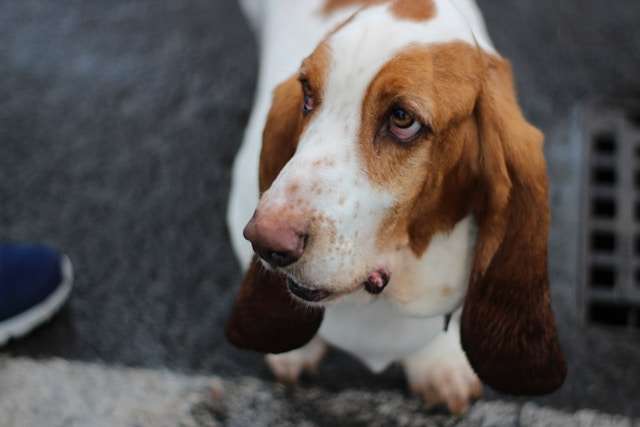
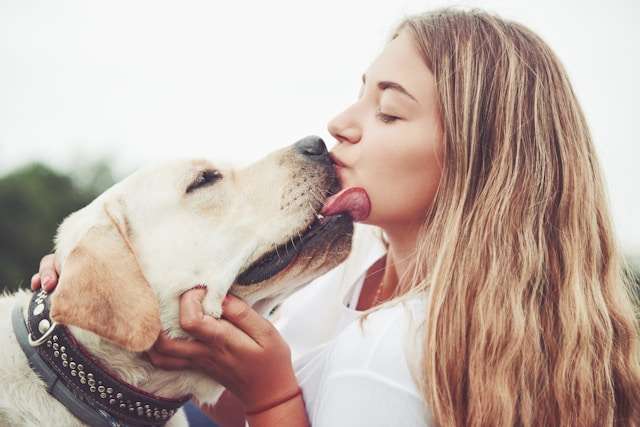
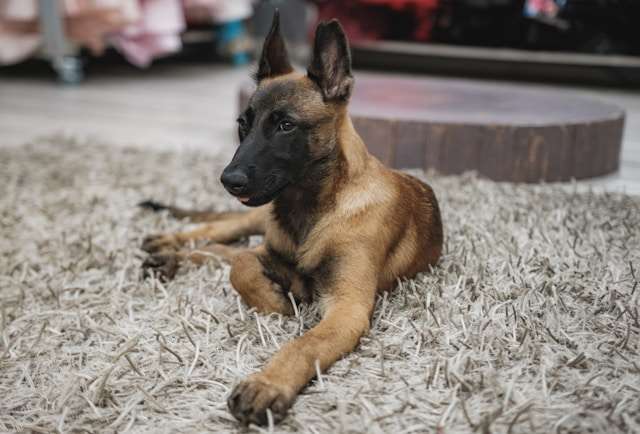
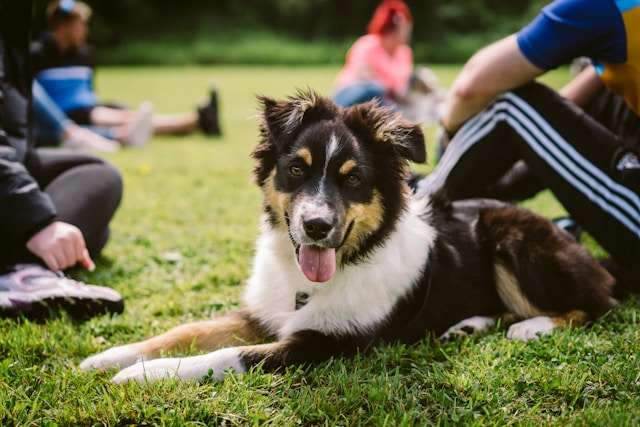
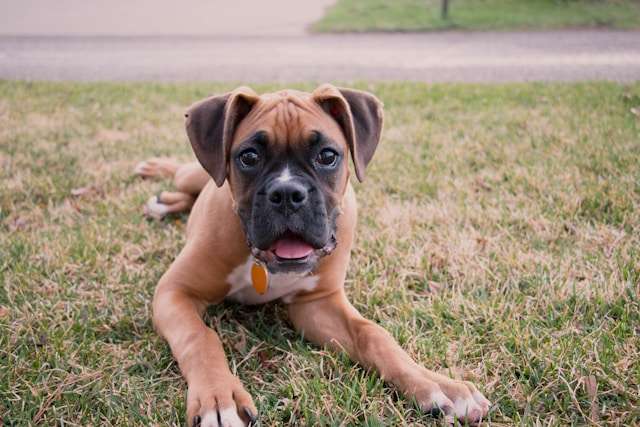
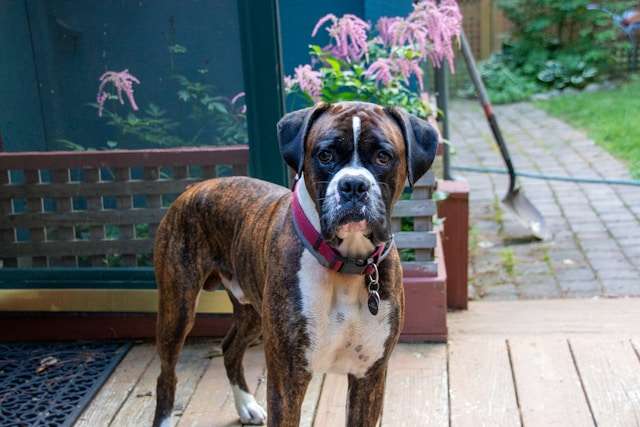
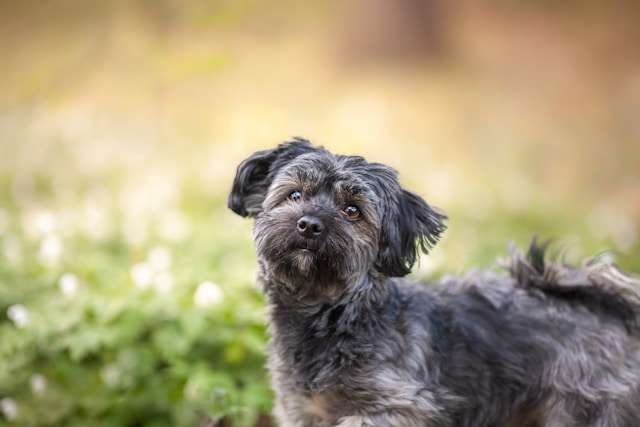
One Comment